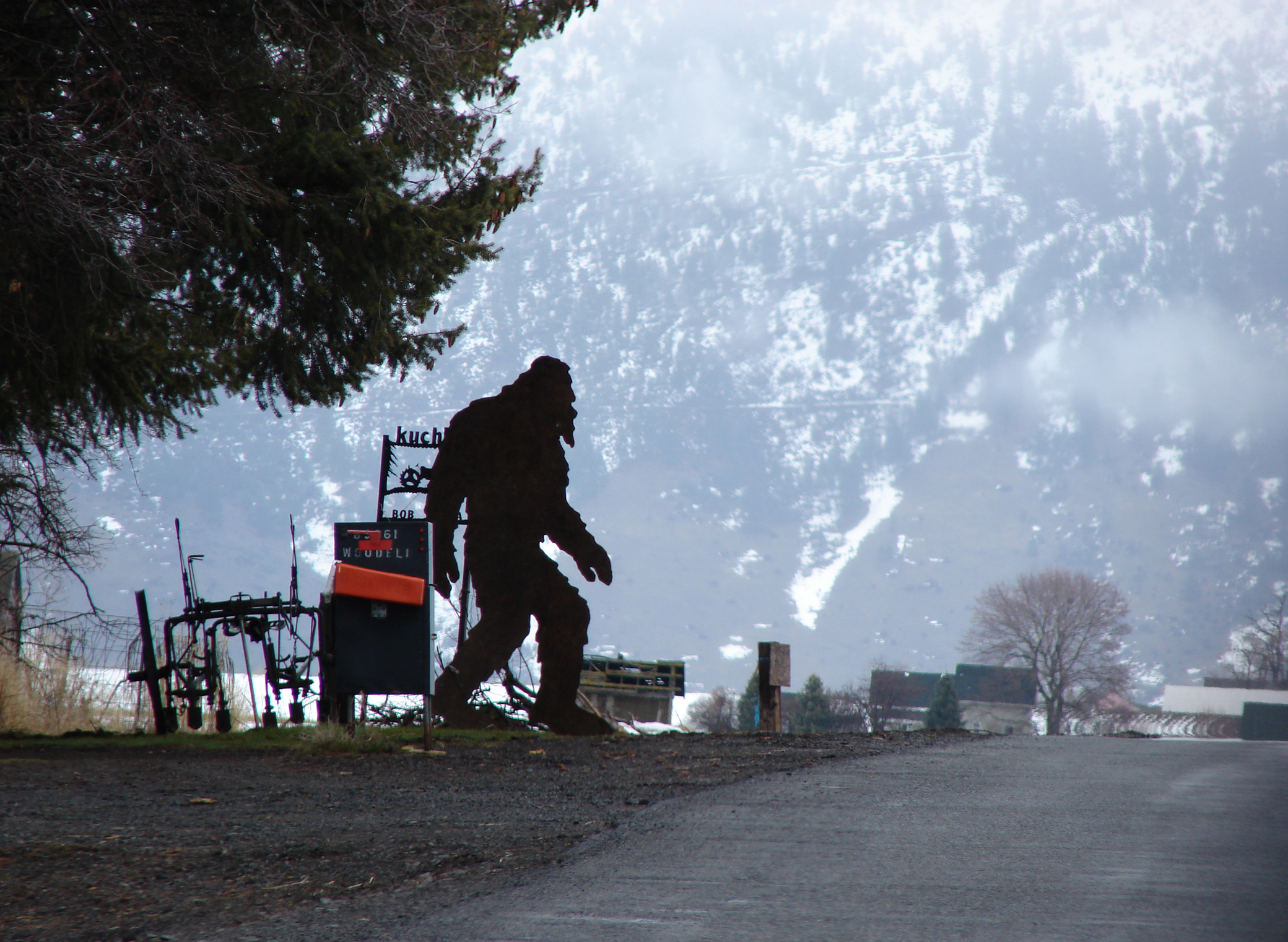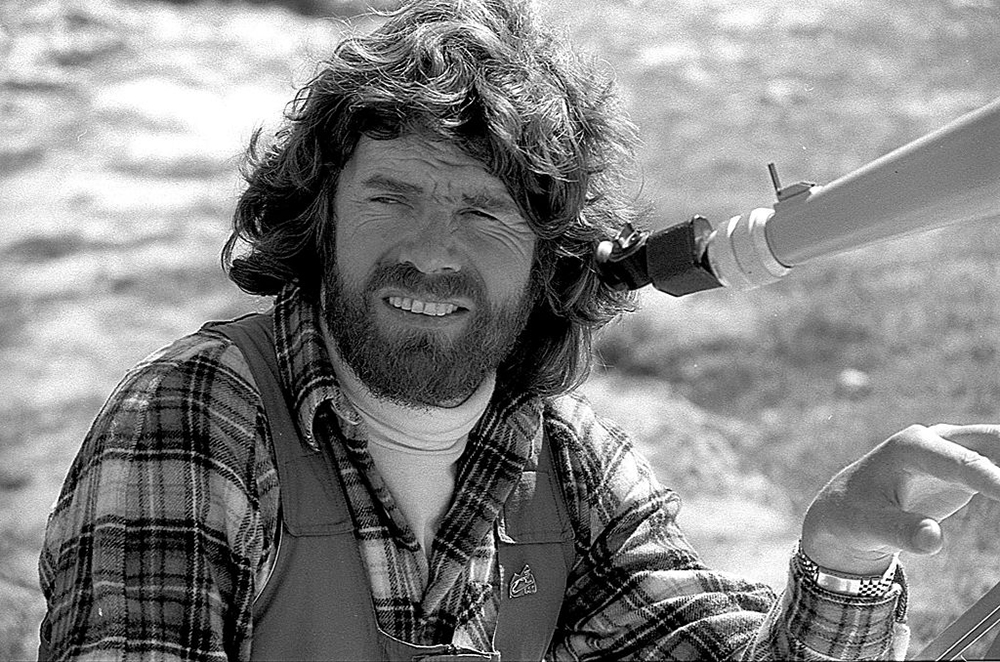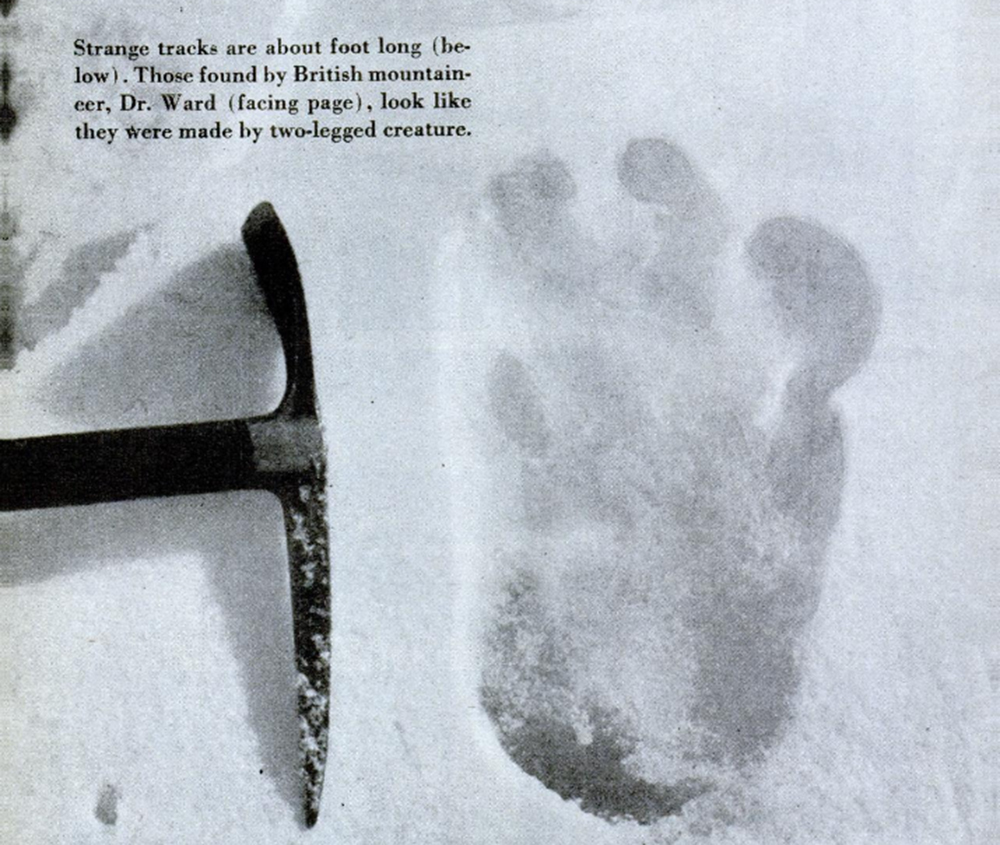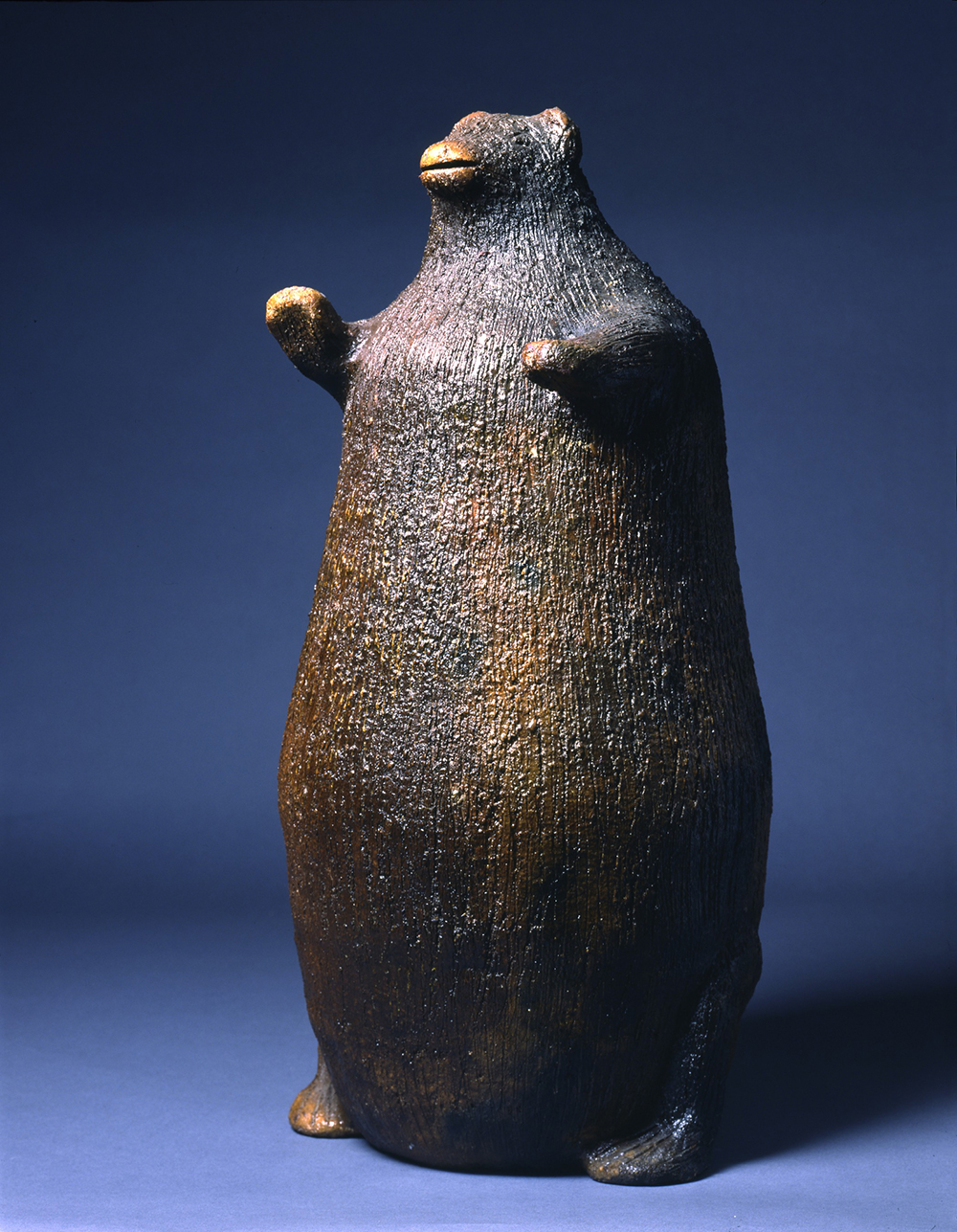-
Search Results
-

Topic: Historical Bigfoot
Frontier Bigfoot War 1785
34,540 views•Oct 2, 2019Dixie Cryptid
44.4K subscribersFrontier Bigfoot War 1785
—————
Sasquatch Encounters by Canadian Native People. Marathon_16
38,377 views•May 27, 2019Dixie Cryptid
44.4K subscribersLink to article in McClean’s Magazine dated April 1, 1929.
———-
The History of Hoosier Cryptids | [Indi]android Ep. 10
4,385 views•May 31, 2019———–
A Civil War Encounter
278,439 views•Nov 22, 2018Dixie Cryptid
44.4K subscribersA letter, dated 1895, was recently made available to me by a local historian and writer. I was not allowed to make copies or remove the letter from his office. It was hard to read because the paper is old and the handwriting in those days, while beautiful, is difficult to read. However I was able to understand most of it in the short time I had possession of the letter. Here is the story.
————-
Bigfoot Kills Trapper {Bauman’s Story}
Bob Gymlan
69.1K subscribersTheodore Roosevelt’s book “The Wilderness Hunter” is 600 pages about life on the frontier. Hidden within it, is a story that Roosevelt believed, about a trapper who got out alive, and a trapper that didn’t.
————–
That Was No Bear
A short history of Bigfoot sightings and lore.By John Zada
TUESDAY, JULY 02, 2019

-
Summerville, Oregon, 2019. Photograph by Old White Truck. Flickr (CC BY-SA 2.0).
In the world of Bigfoot, there are stories. And then there are stories. The former involve encounters of the run-of-the-mill variety. They are the brief, unexpected, and often perplexing brushes between man and beast that occur with little fanfare and end all too quickly, leaving a trail of questions in their wake. The discovery of tracks, the screams, the glimpses of fur and form, the sound of footsteps around the tent at night—these are the more common, dime-a-dozen experiences. Had my early exposure to the phenomenon been limited to a few of these sorts of accounts, Bigfoot perhaps would not have left its indelible impression on me.
The bigger and brasher tales—the classics, as they’re called—are what fueled my journey to believerdom. These yarns were so outlandish, so seemingly preposterous, that they could only be relegated to that borderland where reality segues into fantasy.
No Bigfoot connoisseur worth his night-vision equipment doesn’t know the story of Albert Ostman—a Sasqualogy cause célèbre second only to the 1967 Patterson-Gimlin film. Ostman, a Swedish Canadian logger, claimed he was kidnapped in his sleeping bag one night while prospecting in the wilderness at the head of Toba Inlet, British Columbia (just south of the Great Bear Rainforest), in 1924. Ostman alleged that after being picked up in his bag and dragged through the mountains for most of the night, he was dropped in a clearing in a small valley where the light of the rising sun revealed a nuclear family of Bigfoots—a father, mother, son, and daughter—staring at him in the faint light of dawn. His otherwise curious and mostly benevolent hosts, chattering in an incomprehensible patois, kept him prisoner there for almost a week. Ostman finally made a successful dash for freedom after poisoning “the Old Man,” as he called him, by feeding him a can of chewing tobacco he happened to have in his sleeping bag.
In 1957, Ostman came forward and related the incident to journalist John Green, just before the humanoid tracks discovered in Bluff Creek, in northern California, propelled Bigfoot into popular awareness. “I Was Kidnapped by a Sasquatch,” the title of Green’s dead-serious newspaper story on Ostman’s encounter, appearing on the front page of the Agassiz-Harrison Advance, foreshadowed every chintzy supermarket-tabloid headline to ever appear on the subject.
Soon after Ostman’s tale came to light, another yarn, also reported to have occurred in 1924, resurfaced to take its rightful place in Sasqualogy’s annals of the unforgettable.
On July 13, 1924, the Oregonian, a Portland daily, reported that a group of five miners, prospecting on the southeastern slopes of Mount Saint Helens in Washington State, had been attacked in their cabin by a group of “Mountain Devils.” The story later came to be known as the “Ape Canyon incident,” named after the gorge where the attack took place and where gorilla-like creatures had been seen for as long as anyone could remember.

-
The Oregonian, July 13, 1924. The article “Fight with Big Apes Reported by Miners” is on the far left.
Early Sasquatch investigators found and interviewed the last surviving member of that drama, Fred Beck, after digging up the old Oregonian article in the mid-1960s. Beck told them the assault on the cabin came in response to the prospectors’ firing on creatures that had been shadowing them in the woods for several days. The account of the cabin attack, which came in the dead of night and continued in unrelenting waves until daylight, is worthy of its own horror film. The mob of ape-men swarmed the outside of the cabin, banging on its door and walls, stomping on the roof, pelting it with rocks, and reaching in with their shaggy arms through gaps in the logs. The terrified miners barely kept the creatures at bay, firing their rifles at the walls and ceiling all night, until the attack finally came to an end with the rising sun. The Oregonian reported that the miners “were so upset by the incidents of the night, they left the cabin without making breakfast.” The forest ranger who was assigned to that district, and who claimed to have met the men as they were fleeing, later told investigators, in the 1960s, that he’d never seen grown men more frightened.
Stories like these fed my fascination when I was a child. What sets them apart from other Sasquatch tales is the drama, danger, and emotional tension built into them—and a narrative flamboyance that fires the imagination. Raising the emotional pitch, research shows, leads to gullibility and conditioning. But something fundamental to these tales is key to understanding every Sasquatch enthusiast’s fascination. These stories depict Bigfoots as quasi-human, intelligent, self-aware, and calculating. Even more, they insinuate a shadowy and almost forbidden parallel world, which the creatures inhabit.

-
From Nicholas von Hoffman, “Tales of Monstrous Proportion,” Washington Post, August 25, 1976.
When I was a kid, there was no skepticism, no weighing of evidence, no sense of whether any of it jibed with reality. At no time while reading these stories did I find it strange that Ostman, in the account of his kidnapping, never said he felt fear or terror. Or that despite also having a gun in his sleeping bag, he didn’t attempt to shoot his way out. Or that the creatures that attacked Beck and his colleagues didn’t simply break through the cabin door, or ambush the men later during their retreat (or indeed why most Sasquatch encounters do not—as far as we know—end in violence or death). Nor would my opinion have changed had I known that in 1966, Beck, infected by the growing vogue of Eastern religious cults sweeping the Western world, had self-published a New Age manifesto entitled I Fought the Apemen of Mt. St. Helens, in which he claimed psychic powers, argued for the existence of UFOs, and alleged that his party made contact during their Ape Canyon trip with native spirit guides wearing buckskin.2
The Committee for Skeptical Inquiry, a science-minded organization of debunkers, has run articles in its flagship publication, Skeptical Inquirer, taking potshots at claims of the existence of Sasquatches. The idea the magazine espouses most frequently is that Bigfoots are often no more than misidentified bears.
“Mistaken identifications,” writes Joe Nickell, the author of one such piece, “could be due to poor viewing conditions, such as the creature being seen only briefly, or from a distance, in shadow or at nighttime, through foliage, or the like—especially while the observer is, naturally, excited.” The idea that Sasquatch is nothing more than a misidentified bear isn’t new. But this argument gained significant traction after the publication, in 2000, of My Quest for the Yeti, by Italian alpinist Reinhold Messner. The celebrated mountain virtuoso and explorer—known for the first solo ascent of Mount Everest without supplemental oxygen, in 1980—has spent his life exploring the Himalayan region. His conquest of all fourteen Himalayan peaks that top eight thousand meters, the highest on earth, has made him a legend among alpinists. After scaling every major summit in the area, the mountain-obsessed Italian turned his sights to a formidable new challenge: the mystery of the yeti.
In his book, Messner claims that he encountered a yeti in eastern Tibet in 1986. The incident took place in the evening, while he was on a solo expedition, tracing an old Sherpa route through a series of valleys. As he was trekking up a forested ravine, trying to reach a clearing above the tree line, Messner was startled by a fleet-footed, upright silhouette, which was stealthily darting back and forth between the trees. At first he thought he’d come across a yak and its owners, but the nature of its movements soon convinced him otherwise.
“It moved upright,” he writes. “It was as if my own shadow had been projected onto the thicket. For one heartbeat it stood motionless, then turned away and disappeared into the dusk.”
Messner then found large tracks going up the mountainside, before the same or a similar creature reappeared and now whistled angrily at him. This time Messner got a slightly better look at it: “Covered with hair, it stood upright on two short legs and had powerful arms that hung down almost to its knees. I guessed it to be over seven feet tall. Its body looked much heavier than that of a man that size, but it moved with such agility and power toward the edge of the escarpment that I was both startled and relieved. Mostly I was stunned. No human would have been able to run like that in the middle of the night.”

-
Reinhold Messner, Pamirs, 1985. Photograph by Jaan Künnap.
After making inquiries with villagers, Messner discovered that he had encountered what locals referred to, fearfully, as a chemo—a creature comparable to the Nepalese yeti. Messner was fascinated. He decided to embark on a new mission to find and make sense of the mysterious animal.
After twelve long years of research and excursions with local guides in both Pakistan and Tibet, the alpinist concluded that the animal he had encountered in 1986 was not the yeti but none other than the rare and elusive Tibetan blue bear (thought to be a subspecies of brown bear). The bear’s mix of unusual qualities and behaviors matched those of the alleged man-beast:
1. The Tibetan bear often walks upright. When on all fours, it places its back foot into the print of its forepaw (as bears in North America occasionally do), causing the two tracks to merge into one humanoid-looking footprint.
2. It is nocturnally active.
3. Its vocalizations are high-pitched.
4. It is known to kill yaks with one blow of its paw (yak predation is another purported yeti pastime).
5. The Tibetan bear is red when young, becoming black when it grows into adulthood. So too is the yeti.3
To Messner, his discovery made absolute sense. The Tibetan blue bear was no regular bear. The animal was highly idiosyncratic, and when people were influenced by ignorance, fear, and superstition, it morphed into a beast of the imagination whose reputation spanned generations and continents.
“I hasten to add that this is an extraordinary animal—fearsome and preternaturally intelligent, as far as possible from the cuddly image people in the West sometimes have of bears,” he writes. “These animals are nearly impossible to track, and for all their reality they remain deeply enigmatic. They avoid all contact with humans and are partly bipedal, nocturnal omnivores.”
American conservationist Daniel C. Taylor, who lived and worked for much of his life in the Himalayas, spent sixty years meticulously researching the Yeti mystery, starting long before Messner and beginning as a wild-man enthusiast himself. After traveling in the region’s most remote valley systems and himself coming across a set of mysterious tracks, he concluded similarly that snow prints purported to be yeti impressions were made by Asiatic black bears and other local bear species. He demonstrated convincingly that the tracks, including an iconic set of prints photographed by explorer Eric Shipton on the Nepal-Tibet border in 1951 (photos that set off the worldwide yeti craze), were double impressions of a bear’s forepaws and hind paws. Taylor even managed to find a never-before-published photo of the Shipton tracks that shows claw marks in the snow—which are not seen in the famous photo.

-
Alleged yeti footprint found by Michael Ward, Menlung Glacier, 1951. Photograph by Eric Shipton. From Gardner Soule, “The World’s Most Mysterious Footprints,” Popular Science, December 1952. Wikimedia Commons.
Since it’s assumed by most people that the yeti and the Sasquatch are generally the same creature, these bear theories have been taken up and applied wholesale to Bigfoot. Reinhold Messner himself personally led the charge. “Believe me,” the mountain climber declared in an interview with National Geographic Adventure magazine on the eve of his book’s publication in 2000. “Bigfoot is in reality the grizzly. Somebody will prove it like I proved the yeti story. It’s very logical, the whole thing.”
Even if Himalayan bear theories are correct, which I suspect they are, the Himalayas are not the Pacific Northwest. The grizzly bear is not the Tibetan bear. And amorphous impressions in the snow are not the same as detailed humanoid tracks in dirt or mud. Time and again in my discussions with eyewitnesses in the Great Bear Rainforest, I am told in no uncertain terms: We live with bears. They are our relatives. We know how they look and act. Believe me: what I saw was no bear.
One of the more frequently brandished and more convincing arguments for the existence of Sasquatch is its apparent presence in North American aboriginal folklore. More than a few indigenous communities, particularly in the Pacific Northwest, allege that Bigfoot-type creatures do exist and can cite names and descriptions for them in their own traditions. For proponents of the Sasquatch, this is almost tantamount to hard proof; if such a species exists, it would have been known to local inhabitants before European colonization. When early Bigfoot researchers managed to get past walls of secrecy and reticence, they were told by indigenous people that the creatures were greatly feared and respected. Some cast them as cannibal spirits. Others described them as thief-like, preying on women and children. In most depictions, the animals were said to have special powers, including the ability to hypnotize, induce insanity, and cause physical harm. The power to shape-shift or transform into other creatures, many said, is what accounted for their elusiveness. These sorts of cultural beliefs were often of secondary importance to conventional Bigfoot investigators, who were—and still are—more interested in confirming the apelike qualities of the animal, as evinced in some indigenous carvings, masks, and dances.

-
Bear, by Louise Goodman, 1990. Smithsonian American Art Museum, Gift of Chuck and Jan Rosenak and museum purchase made possible by Mrs. Gibson Fahnestock.
There are many permutations of indigenous wild-man beings along the North American west coast. The Sasquatch, of course—its name derived from a Coast Salish word, Sasq’ets, meaning “wild man”—is the most famous. Among the Heiltsuk, the creatures are known as Thla’thla.5 In folklore, the Thla’thla is depicted as a large, hair-covered, forest-dwelling supernatural humanoid. Stories usually cast it as female. Its trademark quality is a penchant for abducting and eating children. It carries a large basket on its back with an inwardly spiked lid in which to stash abductees and transport them back to its lair. Parents often used the stories of the Thla’thla to prod or frighten their children into obedience.
For a long time, like many Sasquatch enthusiasts, I’d taken it for granted that any humanoid or bogeyman-type creature that is part of an indigenous group’s pantheon of supernatural beings must be the same as what people today call Bigfoot, since some, like Thla’thla and Sasq’ets, seem to fit the bill.
A few of the beings nowadays equated with the Sasquatch are the Gagiit of the Haida, a human who has succumbed to fatigue, cold, or hunger to become a ghostly wilderness dweller; the Kooshdaa Khaa of the Tlingit, who is likened to a land-dwelling otter and is believed to be the embodiment of a drowned or lost relative; and the wendigo of Algonquian-speaking peoples—a troublemaking spirit of the woods that can possess people and cause them to perpetrate acts of insatiable greed, murder, and cannibalism.
There may be something to these linkages with Sasquatch. After all, much indigenous oral history and traditional knowledge has been shown to be accurate—long antedating the same scientific or academic “discoveries.” But is it possible that the Sasquatch—simply one indigenous version of the wild man, whose name was Anglicized by nonindigenous people—has become so prominent and universal a story in its own right that it has come to be mixed up with and grafted onto other unique aboriginal traditions? Could the deluge of media coverage and the long-standing pop-cultural aspects of the Sasquatch story have influenced some indigenous people, and also Sasqualogists, to see more of “Bigfoot” in some supernatural beings than is actually there? Several such creatures don’t overlap much with Bigfoot apart from being humanoid or semi-humanoid.
Muddying the waters is the fact that common forest creatures are, in certain native stories, imbued with human qualities. Some can transform themselves into humans. The idea of a creature that bridges the human and animal spheres is in a sense commonplace.
1 Mount Saint Helens, an active volcano in the Cascade Range in Washington, has long been considered an important node of Sasquatch activity. When the mountain erupted cataclysmically in 1980, much of its northern face was obliterated. Apocryphal stories emerged afterward that U.S. Army helicopters venturing into the disaster zone were airlifting out Sasquatch corpses to undisclosed military facilities. ↩
2 Somewhat to his credit, Beck wrote in his manifesto: “No one will ever capture one, and no one will ever kill one…These questions cannot be answered by expeditions. It can only come by man knowing more about his true self and more about the universe in which he dwells.” ↩
3 Messner’s thesis was even backed by Ernst Schäfer, the German zoologist, hunter, and erstwhile Nazi SS officer who spent much of the 1930s in the Himalayas at Heinrich Himmler’s behest, looking for evidence of a proto-Aryan race of giants. Schäfer told Messner that he too was convinced the Yeti was no more than the Tibetan bear, two of which he had shot and brought back to Berlin as specimens. Schäfer added that he kept his Tibetan bear thesis to himself out of fear of being executed by the Nazis, since it contradicted notions at the time that Yetis were Aryan ancestors. See Ted Chamberlain, “Reinhold Messner: Climbing Legend, Yeti Hunter,” National Geographic Adventure, May–June 2000. ↩
4 One Nisga’a First Nation carving from the Nass River valley of northern British Columbia, made in 1914, is widely recognized by Sasqualogists for its monkey-like appearance, with high brow, deep-set eyes, and thin lips located far below a flat nose. Aboriginal stone carvings of heads found in the Columbia River basin in the United States have a similar primate-like appearance. ↩
5 To pronounce Thla’thla, place your tongue where your front teeth and inner gum line meet and speak the word through your cheeks. Interestingly, the name Thla’thla has the same root as the Heiltsuk word for strength or power. ↩
Excerpted from In the Valleys of the Noble Beyond: In Search of the Sasquatch copyright © 2019 by John Zada. Reprinted with the permission of the publisher, Atlantic Monthly Press, an imprint of Grove Atlantic, Inc. All rights reserved.

https://www.laphamsquarterly.org/roundtable/that-was-no-bear

